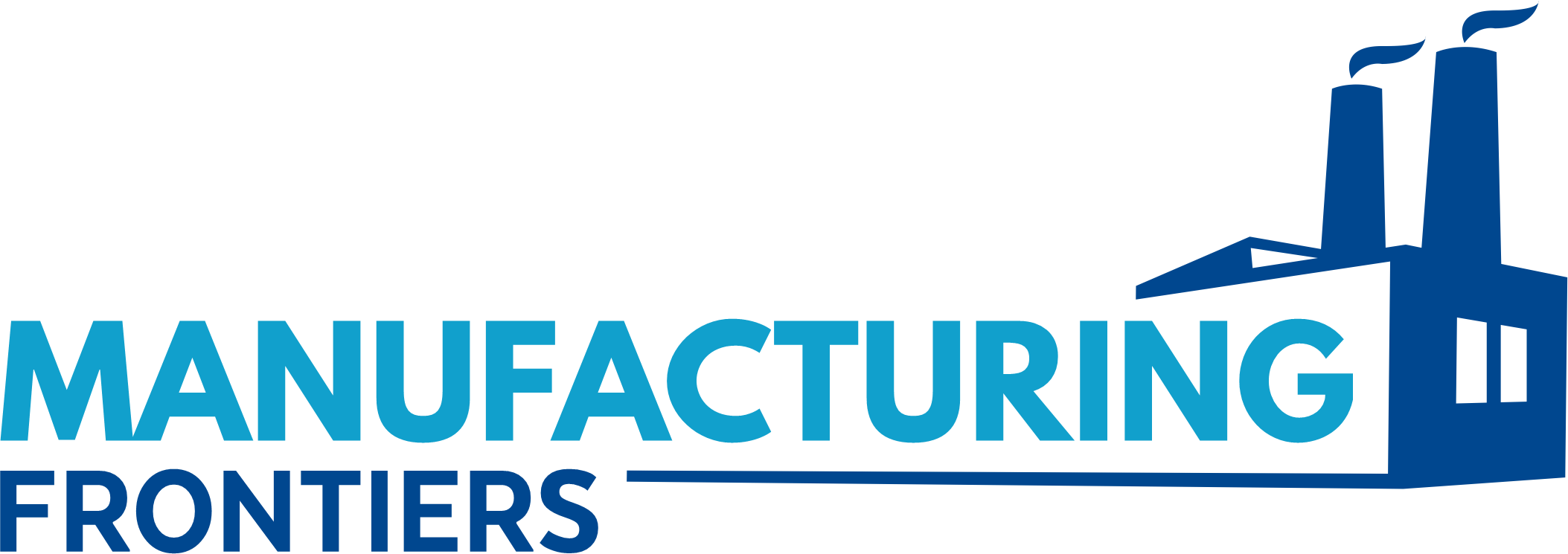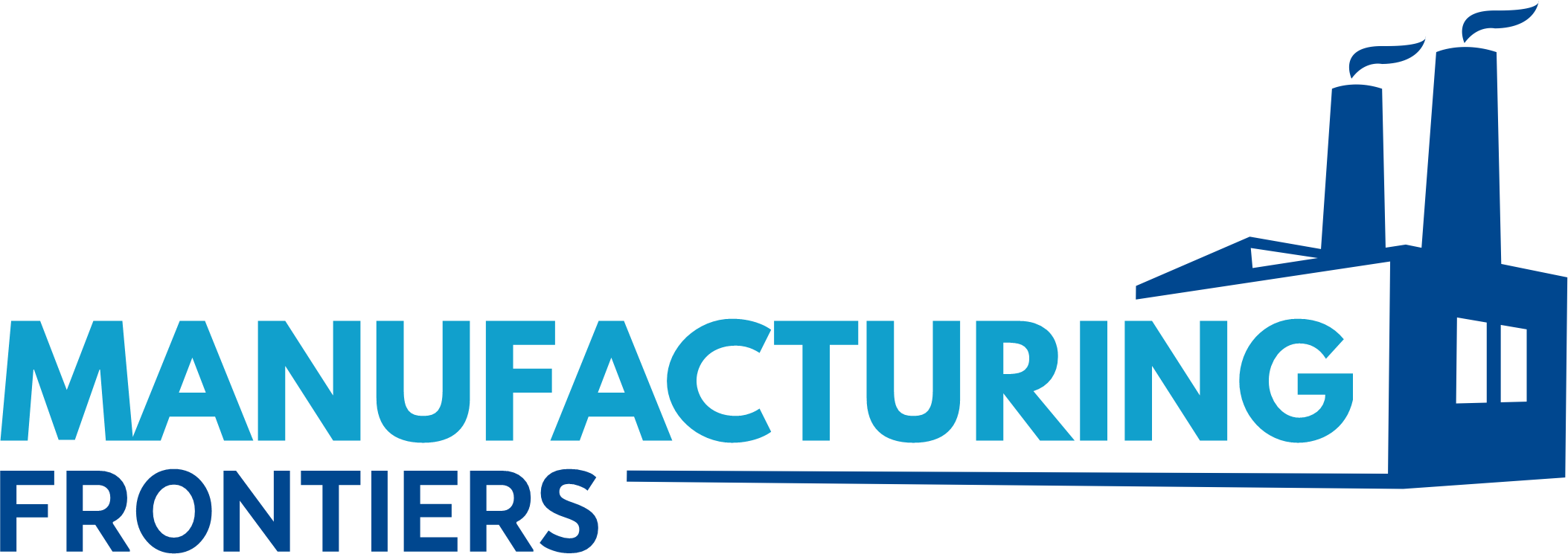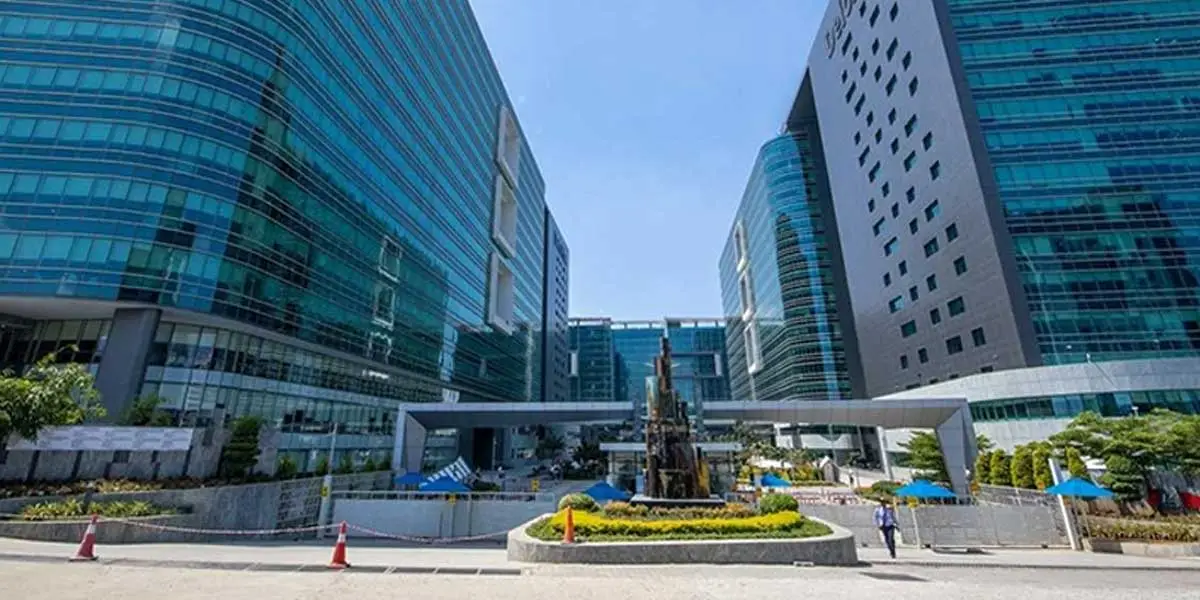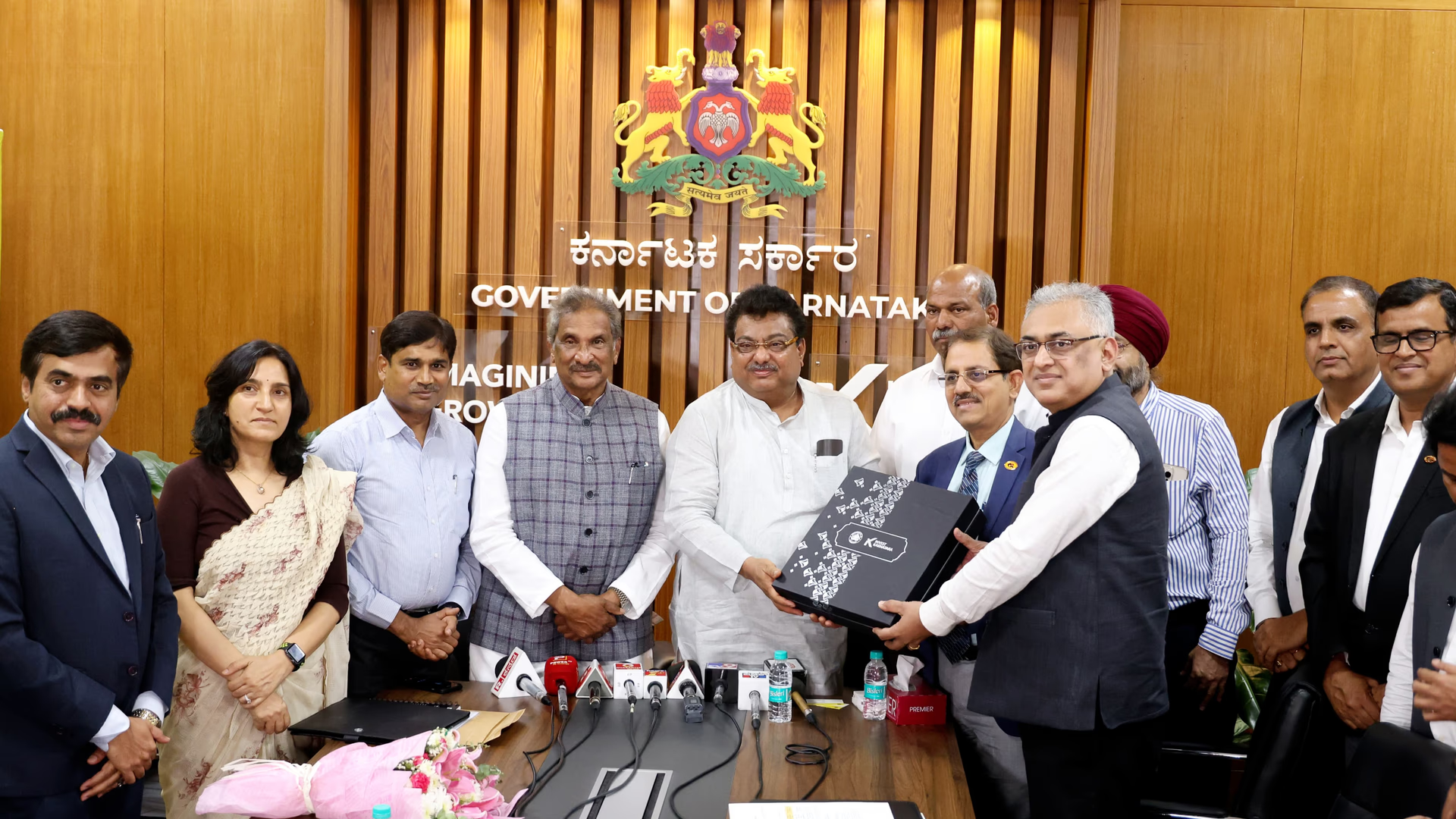achieve the highest possible returns. By implementing the right strategies, manufacturers can improve operational efficiency, reduce waste, and enhance profitability, even in times of market uncertainty.
Why Cost Optimization is Crucial for Manufacturing Success
Cost optimization is critical for several reasons:
- Profit Margins: As competition in the manufacturing industry intensifies, squeezing extra profit from existing operations is essential. Efficient cost management allows manufacturers to maintain healthy profit margins, even in the face of rising input costs.
- Market Competitiveness: Manufacturers that successfully optimize costs are better positioned to offer competitive pricing without sacrificing quality. This can lead to increased market share, customer loyalty, and long-term sustainability.
- Innovation and Growth: Optimizing costs frees up financial resources, which can be reinvested into innovation, product development, and expanding into new markets—key drivers of growth.
- Risk Management: By managing costs effectively, manufacturers can better absorb shocks from external disruptions, such as supply chain issues, changing regulations, or economic fluctuations.
- Sustainability: Cost optimization is inherently tied to sustainability, as it involves reducing waste, improving energy efficiency, and optimizing the use of resources—all of which align with eco-friendly manufacturing practices.
Key Strategies for Cost Optimization in Manufacturing
1. Process Automation and Robotics
One of the most effective strategies for cost optimization is the automation of repetitive tasks. By incorporating robotics, AI, and machine learning into the manufacturing process, companies can reduce labor costs, minimize human error, and increase production speed.
- Example: Many manufacturers are leveraging robotic process automation (RPA) to handle routine tasks like packaging, assembly, and quality control, which allows workers to focus on more complex, value-added activities.
Automation also reduces downtime, enhances production capacity, and improves consistency. While initial investment in automation may be high, the long-term benefits of improved efficiency and reduced labor costs can result in substantial ROI.
2. Supply Chain Optimization
A significant portion of manufacturing costs stems from the supply chain. Inefficiencies such as inventory mismanagement, long lead times, and unreliable suppliers can negatively impact a company’s bottom line.
- Vendor Management: Strengthening relationships with key suppliers and negotiating better terms can lead to cost reductions. Implementing Vendor Managed Inventory (VMI) systems can also help minimize stockouts and overstock situations.
- Data-Driven Supply Chain Management: Leveraging data analytics to predict demand, optimize inventory levels, and streamline logistics operations can reduce storage costs and prevent excess stock accumulation.
- Outsourcing: For certain processes, outsourcing to low-cost countries or third-party logistics providers can significantly reduce operational expenses. However, this should be balanced with risks such as quality control and delivery time.
3. Lean Manufacturing Principles
Adopting lean manufacturing principles focuses on minimizing waste while maximizing value to the customer. Lean principles involve reducing inefficiencies, enhancing process flows, and cutting down on unnecessary steps that don’t contribute to value.
Key elements of lean manufacturing include:
- Waste Reduction: Identifying and eliminating the seven types of waste—overproduction, waiting, transportation, inappropriate processing, excess inventory, unnecessary motion, and defects—can lead to significant cost savings.
- Continuous Improvement (Kaizen): Promoting a culture of continuous improvement encourages employees to suggest ways to improve processes, reduce waste, and increase efficiency. Small incremental changes can lead to big savings over time.
- Value Stream Mapping: This technique involves mapping out all steps in the production process to identify inefficiencies and opportunities for streamlining.
4. Energy Efficiency
Energy costs are one of the most significant expenses for manufacturers. By improving energy efficiency, manufacturers can significantly reduce operational costs and lower their carbon footprint.
- Energy Audits: Conducting regular energy audits can identify areas where energy consumption can be reduced or optimized. For example, upgrading to energy-efficient machinery or installing smart sensors to monitor energy usage in real-time can lead to cost savings.
- Sustainable Energy Sources: Investing in renewable energy sources, such as solar panels or wind energy, can reduce long-term energy costs and provide environmental benefits. Additionally, utilizing energy storage solutions can help offset peak energy demand charges.
- Maintenance & Upkeep: Proper maintenance of equipment ensures it operates at optimal energy efficiency, preventing excessive energy consumption due to wear and tear.
5. Technology Integration and Data Analytics
The use of technology plays a significant role in identifying and driving cost optimization opportunities. Data-driven decision-making is key to identifying inefficiencies, monitoring performance, and streamlining operations.
- Predictive Analytics: Using predictive analytics to forecast demand, maintenance schedules, and potential bottlenecks can improve inventory management, reduce downtime, and optimize resource utilization. By predicting failures before they happen, companies can avoid costly repairs and interruptions.
- IoT Sensors: Internet of Things (IoT) sensors can provide real-time data on machine performance, allowing manufacturers to optimize equipment usage, prevent downtime, and reduce unnecessary energy consumption.
- Smart Manufacturing Platforms: Implementing cloud-based platforms that integrate supply chain management, production schedules, and resource allocation can help manufacturers optimize their entire production process, improving coordination and reducing overhead costs.
6. Outsourcing and Strategic Partnerships
In many cases, outsourcing non-core functions such as administrative work, logistics, or IT can help reduce costs. Strategic partnerships with suppliers, logistics providers, or other third parties can also offer financial benefits by sharing the burden of overhead costs.
- Shared Services: A shared services model can help manufacturers consolidate functions like procurement, IT support, and human resources, achieving economies of scale and reducing operational costs.
- Partnerships for Innovation: Collaborating with innovative technology providers or research institutions can help manufacturers stay ahead of the curve in terms of new technologies, which may lead to cost reductions through innovative manufacturing techniques.
7. Workforce Optimization
Labor costs represent a large portion of manufacturing expenses, so optimizing the workforce is a critical part of any cost-cutting strategy.
- Cross-Training Employees: By cross-training workers in multiple areas, manufacturers can reduce the need for specialized labor and improve workforce flexibility.
- Productivity Incentives: Offering performance-based incentives can encourage workers to improve efficiency and reduce waste, resulting in lower operational costs.
- Workforce Scheduling: Efficient scheduling and shift planning can help reduce overtime costs and ensure that the workforce is used optimally. Additionally, automated scheduling tools can enhance workforce planning, ensuring the right number of employees are available at peak times.
Final Thoughts
Cost optimization is not a one-time initiative; it is an ongoing process that requires continuous improvement, innovation, and collaboration across all levels of an organization. Manufacturers must embrace a strategic approach to cost management, one that focuses on both short-term gains and long-term sustainability. By leveraging automation, optimizing supply chains, adopting lean principles, improving energy efficiency, and harnessing the power of data analytics, manufacturers can significantly enhance their ROI while remaining competitive in the marketplace.
In an era where margins are tight and competition is fierce, implementing a robust cost optimization strategy will empower manufacturers to navigate challenges, unlock new efficiencies, and position themselves for sustained success in the future.









